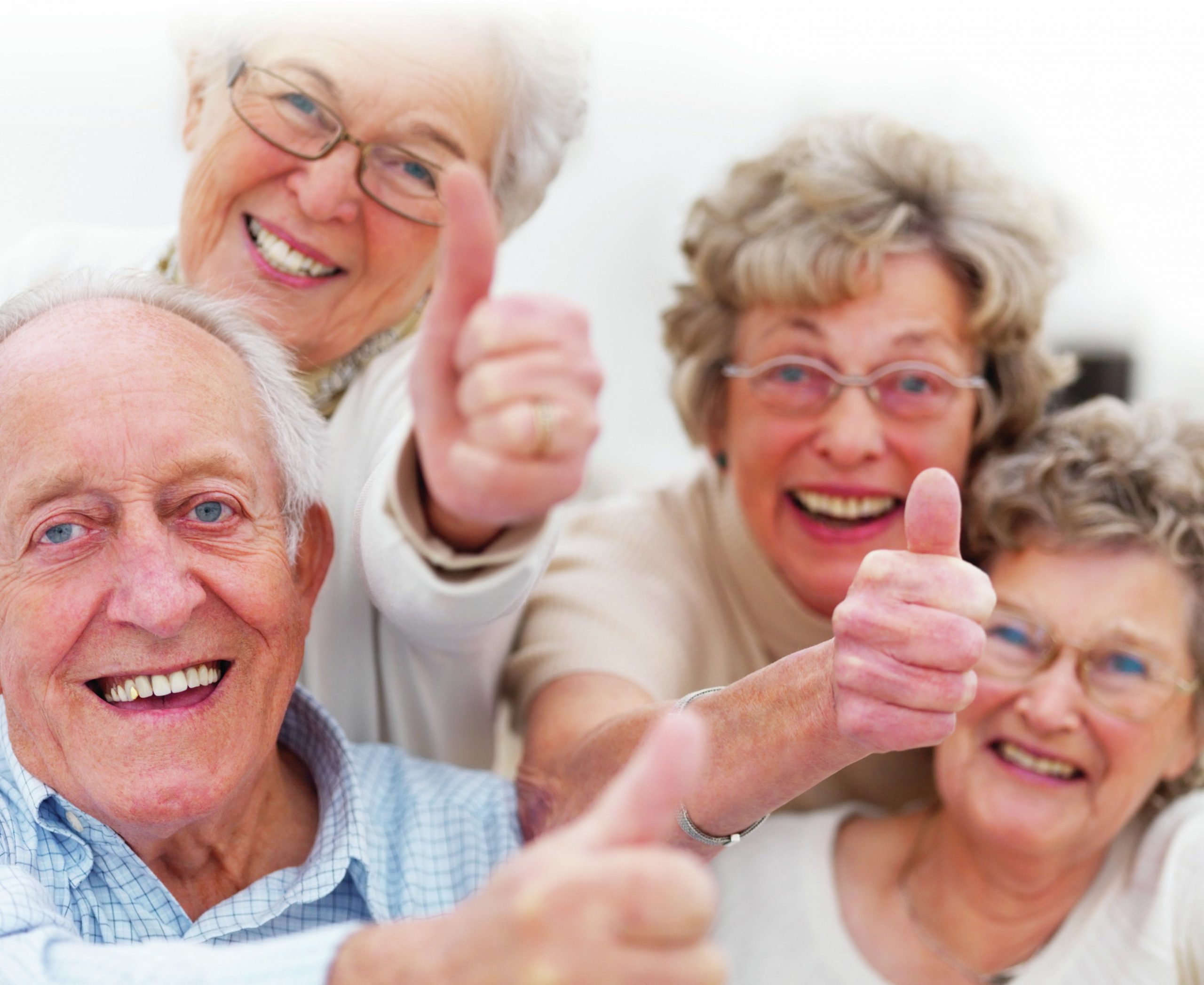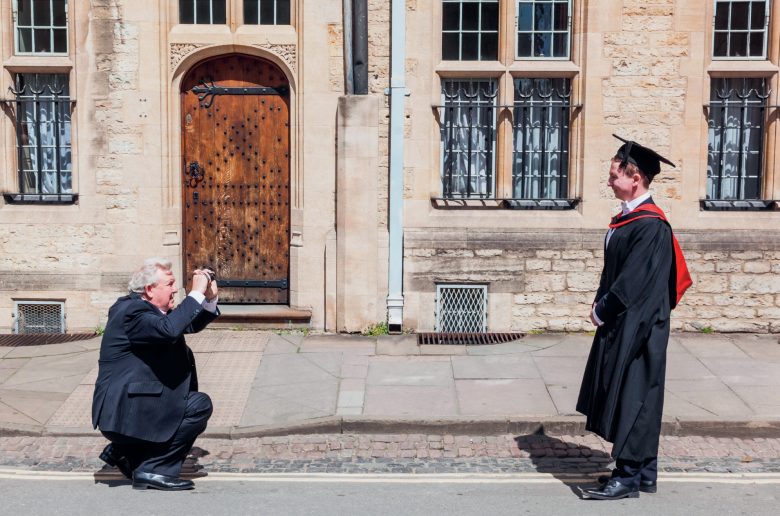
Images of older people may be scarce in magazines with a general readership, but they are particularly absent from those magazines targeted at younger readers. This is significant because the media (both print and television) are influential sources of information about old age and ageing, especially for people who are not old themselves and/or have little contact with older people.
As sociologists, we thought that a number of social changes, such as greater life expectancy, better health, increased physical activity and relative wealth in modern old age, might have had an impact on media representations of older people (see also Williams et al. 2007). We thought that one reason for this could be that media industries, especially advertisers, are aware of the changing lifestyles and market potential of older people, and they will wish to appeal to them in new ways.
Your organisation does not have access to this article.
Sign up today to give your students the edge they need to achieve their best grades with subject expertise
Subscribe




